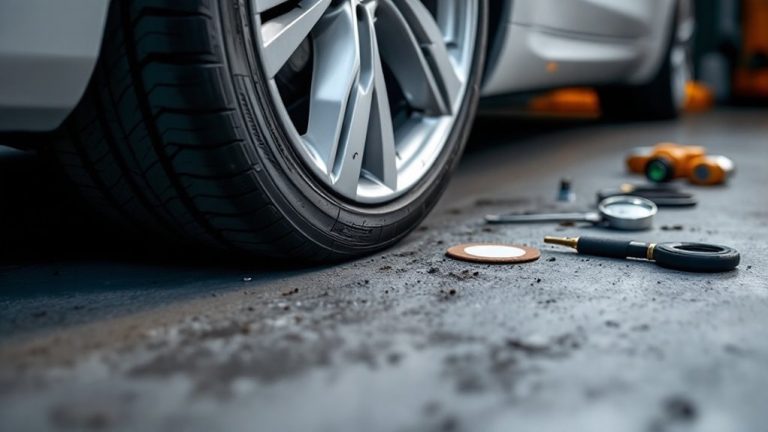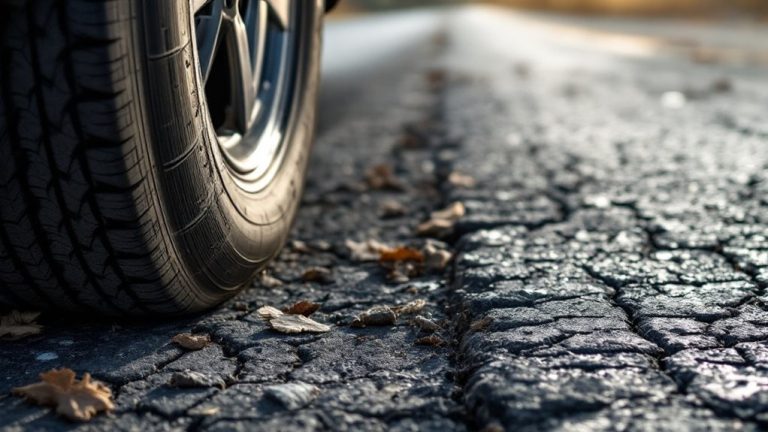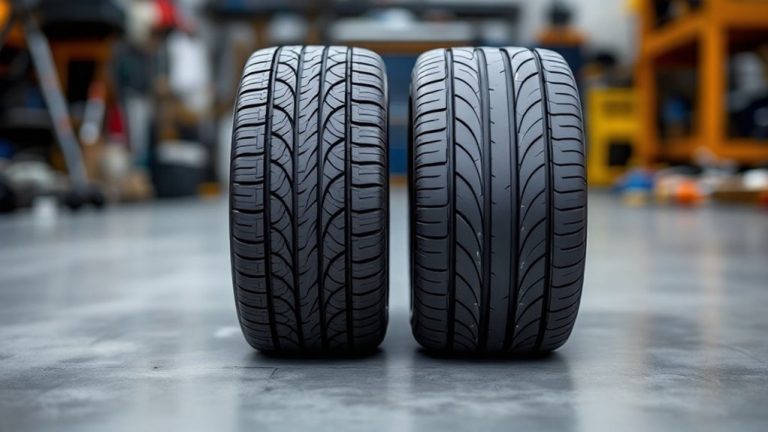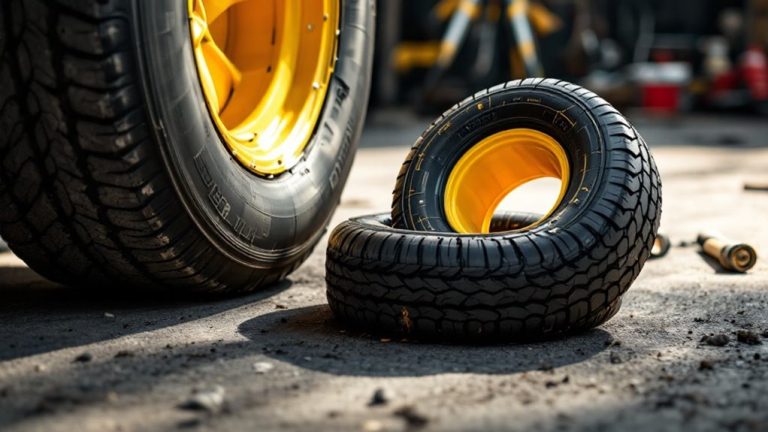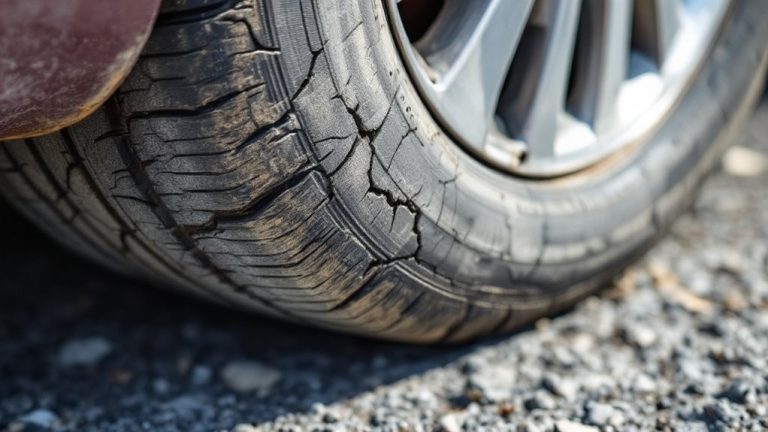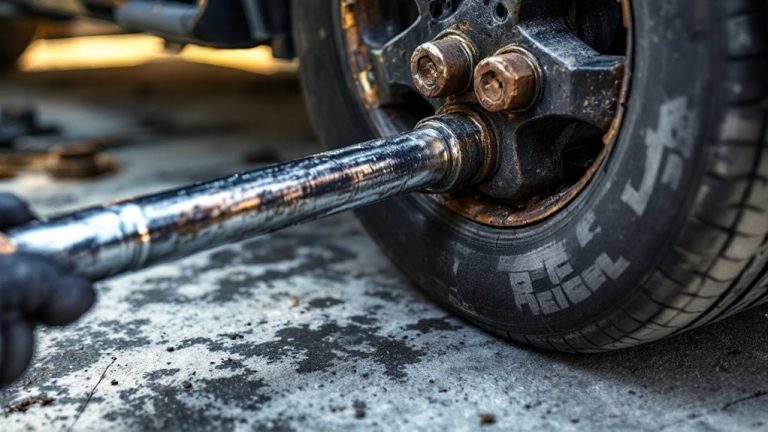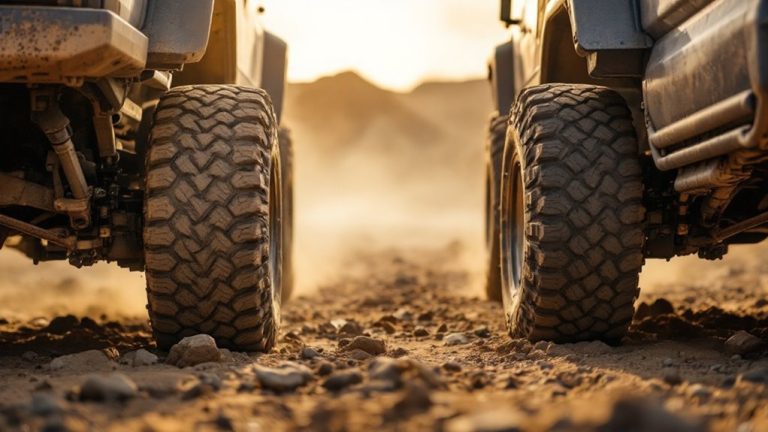Are Slick Tires Street Legal
Are slick tires street legal? Sadly, most places say no to slick tires on roads. They have no tread, which breaks rules like California’s 1.6 mm tread law. Slick tires are made for racing, not everyday driving. They can’t handle rain or changing weather at all. This makes them dangerous with risks like hydroplaning. States like New York and Texas ban them too. Their grip just isn’t enough for safety. Want options? Try drag radials for a better choice. They mix performance with road rules. Stay safe and follow local laws always.


